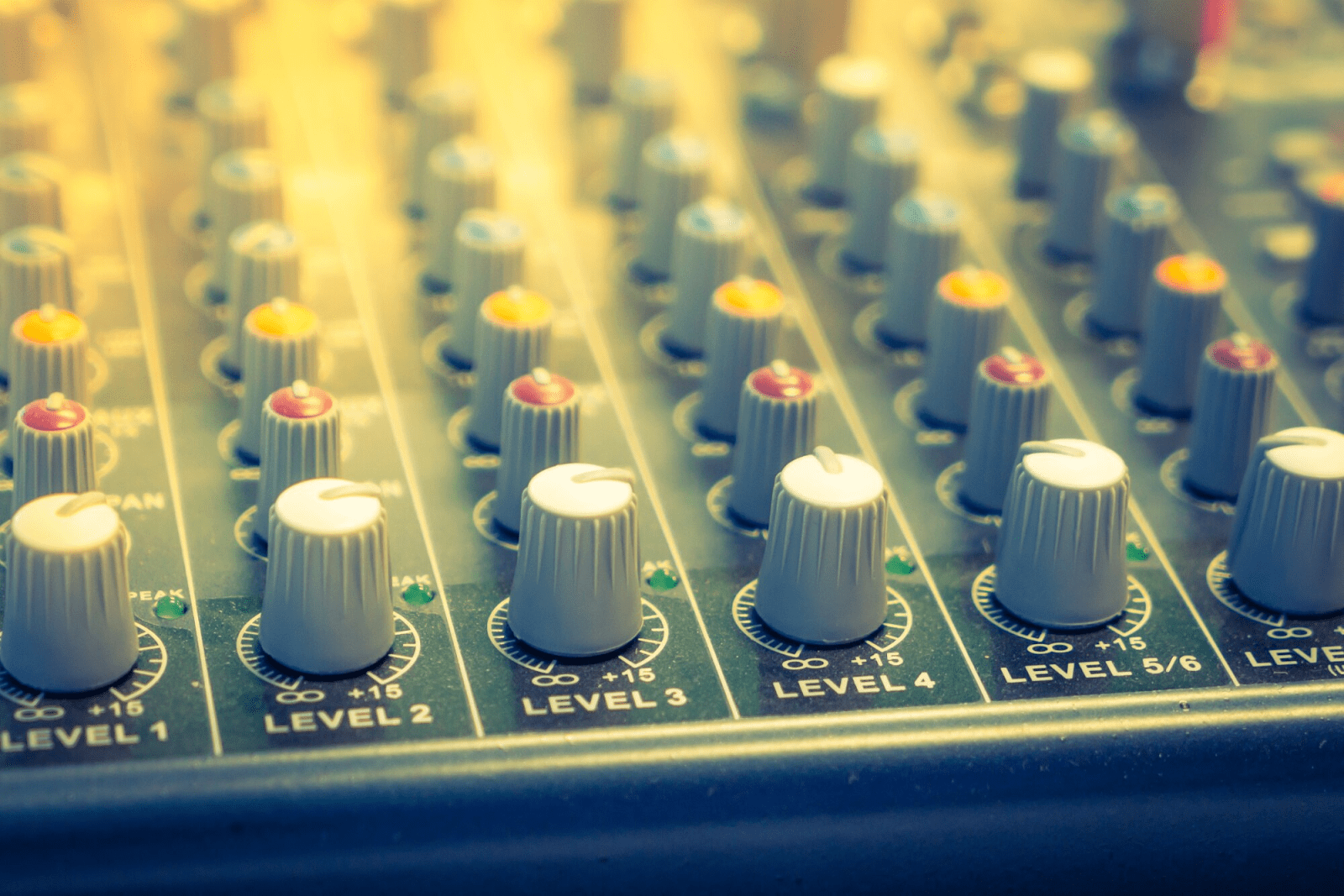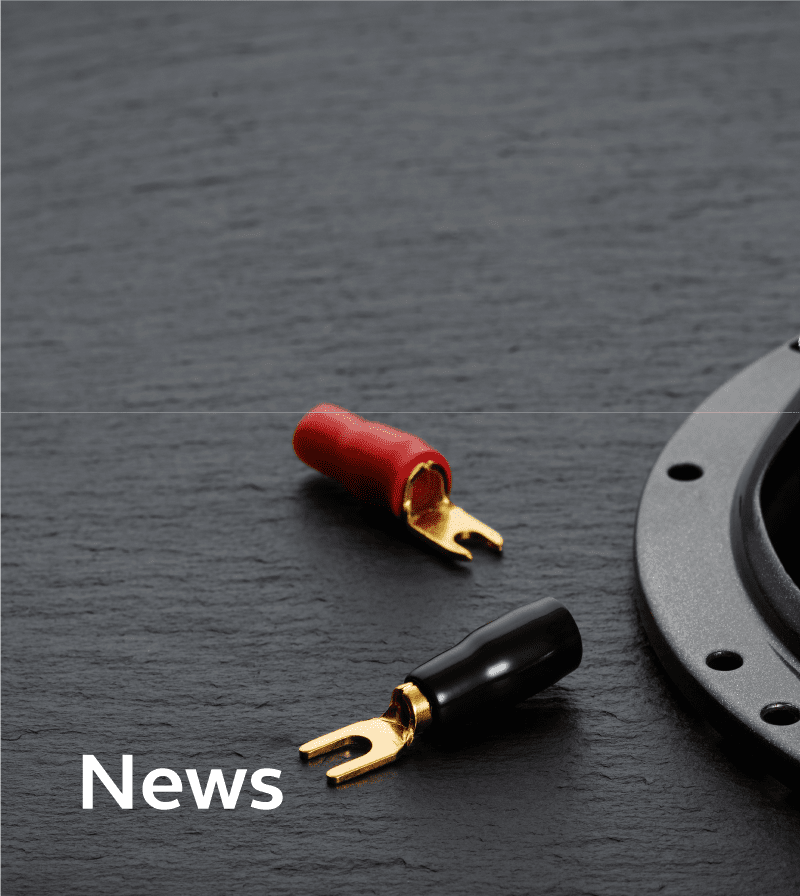
What Are EQ Settings?
The concept of the best EQ settings is not a fixed standard but rather a subjective adjustment that depends on various factors such as the playback device, listening environment, and personal preferences. In modern speakers, each brand incorporates unique characteristics and sound signatures during the speaker manufacturing process, giving different models their own tonal balance and audio profile.
EQ, or equalization, is the process of adjusting different frequencies within an audio signal to shape the sound to your liking. Equalizers allow users to modify the relative balance of frequency bands—typically categorized as bass, midrange, and treble—to enhance clarity, correct imbalances, or optimize sound based on the characteristics of the speaker and the listening space.
Most basic EQ settings include simple bass and treble controls, but more advanced equalizers feature multiple frequency bands for finer adjustments. These settings can be manually customized or selected from presets available in music players, headphones, car stereos, and home audio systems. Whether you’re compensating for a speaker’s inherent sound profile or tailoring the listening experience to match your personal taste, EQ adjustments allow for greater control over how music, movies, and other audio content are heard.
Understanding Frequency Ranges in EQ
To make effective EQ adjustments, it’s essential to understand how different frequency ranges impact audio:
- Sub-Bass (20Hz – 50Hz): This is the lowest frequency range, often more felt than heard, giving music a deep and powerful foundation.
- Bass (50Hz – 200Hz): Responsible for the “thump” in kick drums and bass guitars, this range adds warmth and depth.
- Lower Midrange (200Hz – 800Hz): Contains the body of most instruments and vocals; too much can make audio sound muddy.
- Midrange (800Hz – 2kHz): A critical zone for vocal clarity, guitars, and pianos. Boosting or cutting here greatly affects the character of the sound.
- Upper Midrange (2kHz – 4kHz): Enhances presence and definition, especially in speech and string instruments.
- Presence & Sibilance (4kHz – 7kHz): Affects vocal intelligibility and the clarity of cymbals, but excessive boosts can cause harshness.
- Brilliance (7kHz – 12kHz): Adds sparkle and airiness to music, making high frequencies more pronounced.
- Open Air (12kHz – 16kHz): Primarily impacts the sense of space in a recording, but excessive boosting can introduce unwanted noise.
Each of these frequency bands plays a role in shaping the overall sound, and understanding them helps in making precise EQ adjustments.
How to Adjust EQ Settings for the Best Sound Quality
Fine-tuning an EQ requires a strategic approach to avoid distortion and ensure balanced audio. Follow these key steps:
- Start with a Flat EQ: Reset all settings to zero before making changes.
- Identify What’s Lacking: Listen for areas where sound feels weak or overemphasized.
- Cut Before Boosting: Instead of boosting frequencies, first try cutting unwanted ones (e.g., if vocals sound muffled, reduce bass rather than increasing treble).
- Make Small Adjustments: Keep changes within a ±6dB range to maintain a natural sound.
- Use Preamp Gain Wisely: If boosting frequencies, lower the preamp gain slightly to prevent distortion.
- Test Across Multiple Tracks: A setting that works for one song may not work for another, so fine-tune accordingly.
- Use EQ Presets as a Starting Point: If available, use built-in presets and tweak from there.
By carefully applying these steps, you can achieve a personalized, high-quality sound profile.
Common EQ Mistakes to Avoid
While equalizing can improve sound quality, common mistakes can lead to distortion, imbalance, or ear fatigue:
- Excessive Boosting: Over-boosting frequencies, especially in the low (50-100Hz) and high (10kHz+) ranges, can introduce distortion and fatigue.
- Neglecting the Midrange: The midrange carries most vocal and instrumental details—cutting too much can make audio sound hollow.
- Ignoring Room Acoustics: Sound perception changes depending on the environment, so adjust EQ settings based on the listening space.
- Using Too Many Adjustments: A cluttered EQ with too many peaks and dips can make audio unnatural; aim for smooth curves.
- Forgetting Volume Balance: EQ changes can alter overall loudness—compensate with volume adjustments to avoid unintentional distortion.
By avoiding these pitfalls, you can maintain a balanced and enjoyable listening experience.
Final Thoughts
Mastering EQ settings takes patience and experimentation, but understanding how frequencies interact allows you to refine your listening experience. Whether you’re optimizing sound for music, gaming, movies, or podcasts, applying the right EQ techniques can make all the difference. Start with subtle changes, trust your ears, and fine-tune until you achieve the perfect sound.



